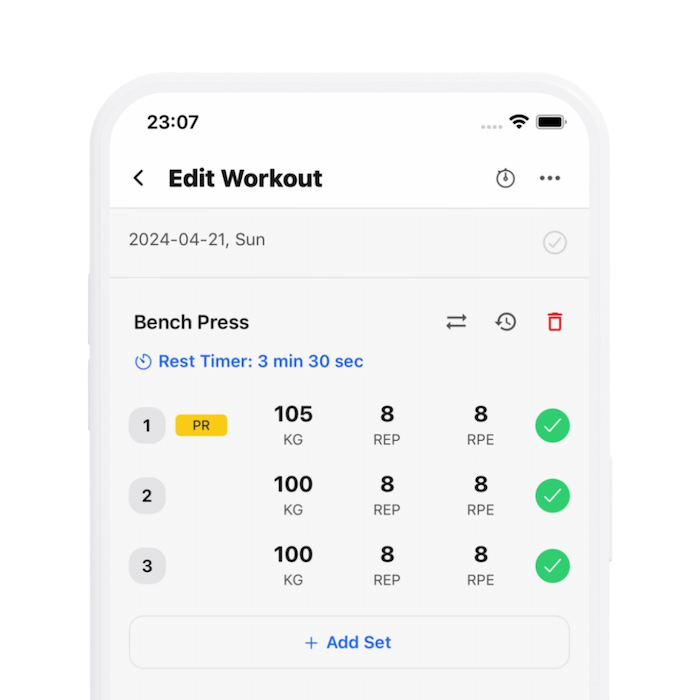30 Seconds SummaryHow to Bullet-Proof Your Knees
- Knee injuries are common in powerlifting and can occur due to improper form or external stresses.
- The knee consists of three bones (tibia, femur, patella) forming two primary joints: the tibiofemoral and patellofemoral joints.
- Key ligaments like the ACL, PCL, LCL, MCL, and patellar ligament stabilize the knee, aiding in movements like flexion, extension, and rotation.
- Performing exercises like hack squats, Peterson step-ups, and tibia/fibula rotations can strengthen the knee and improve its stability and flexibility.
- Hack squats focus on the quadriceps and help with knee cap tracking, while Peterson step-ups directly target the vastus medialis muscle.
- Tibia/fibula rotations, often assisted with a resistance band, improve the ability to perform internal and external rotations essential for knee health.
- Regular incorporation of these exercises, especially as prehab movements, can enhance knee health and performance in powerlifting.
- Unilateral leg work and hip-focused exercises are recommended to complement knee strengthening routines and improve overall leg function.
Biolayne
Peter Baker
